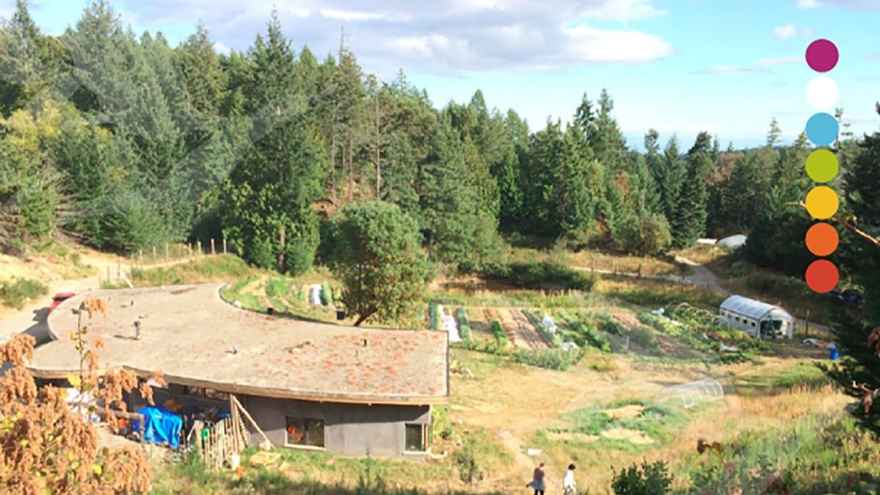Networking with Nature: Implementing the Bioregional Approach

Living with a bioregional awareness does not require that we begin by mapping our entire bioregion. We can start small, with our own home and immediate surroundings. Here are some ideas on how to get started.
-
Make a seasonal wheel, a circle bisected by twelve angles (one for each month of the year). Record the cycles of plants, animals, weather and cultural events within and around the circle. Note the date or week when a bird began building a nest near your house, when the chicks hatched and when they fledged. Note the date that your favourite flowers emerged, blossomed and went to seed.
-
Begin a nature journal to record daily experiences and history of your neighbourhood or sub-watershed. Note the specific location, time of day, weather conditions, sounds, what the animals were doing or eating. Draw and colour illustrations to bring the journal to life.
-
Map your backyard. Map places that feel special to you and write why the place feels special. Map places where you have seen animals, their burrows and habits, native plants, geologic formations, and historic information about your house or neighbourhood.
-
Map your local water cycle. Where does your water come from and where is the wastewater discharged? You can include the location of any reservoirs, treatment systems and discharge points. You might decide to show the locations of the major components on Google Earth maps.
-
Tell the story of your area. Ask around and find your local elders, indigenous people as well as recent immigrants. Learn the natural and human history of your bioregion and turn it into a story that will interest both adults and children.
-
Plant seeds. Plant three native culinary herbs for your kitchen.
-
Cook local food. Cook a meal for your family or friends using only fresh food that you know originated from within 20 miles of your home or that you have grown in your garden.
-
Look for an aspect of the bioregion that needs your help. Unfortunately, there are lots of options. Help clean up a polluted waterway or a deteriorating neighbourhood, school, park or wild place. Create a team of people who share your concern and meet regularly to have work parties.
If you want to go beyond this, if you are networking with regional groups to bring greater resilience and strengthen relationships in the place where you live, or if you are designing a land-based community, you may enjoy bioregional mapping.


0 comments
Leave a comment